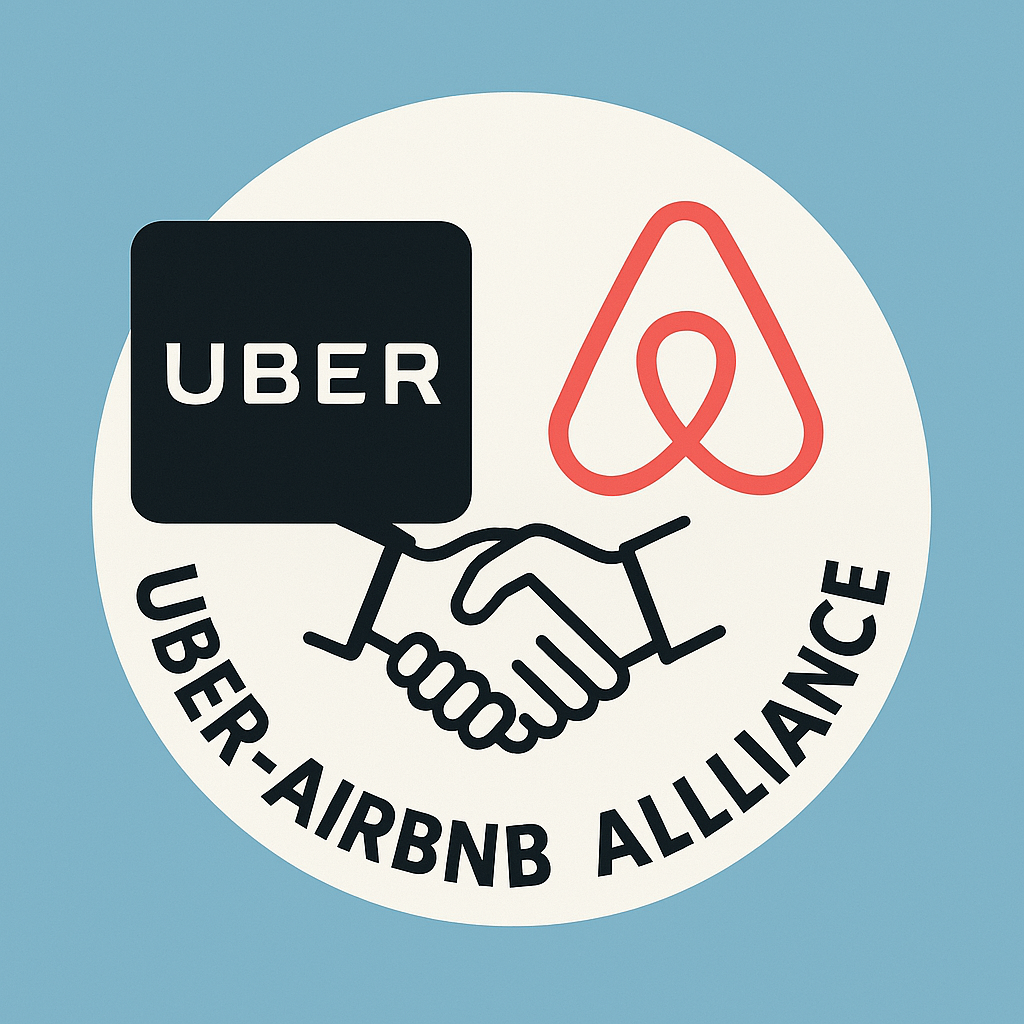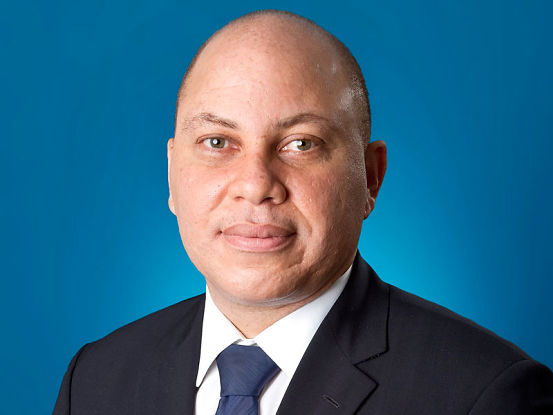Logistics & Transportation
Jamaica’s Taxi Drivers Embrace Crypto For Faster Rides

Businessuite News24
Jamaica Market Entry via Acquisition: Uber Eats’ Potential Playbook
“An Uber Eats acquisition would be a seismic shift for Jamaica’s food delivery market—creating opportunities for founders and consumers, but risking local economic leakage, higher merchant fees, and reduced entrepreneurial diversity.”
Business Insights
Jamaica, Is Uber Eats Coming Soon?
Local platforms aren’t just incumbents—they’re innovators with diversified offerings, profitability, and brand loyalty. If they move fast—improving UX, expanding services, and forging local partnerships—they can front run Uber Eats, closing the window on foreign intrusion.
Businessuite News24
Businessuite Special Report P4 | Homegrown Disruption: InterMetroONE & Walkbout.com Position Jamaica’s Answer to Uber–Airbnb
Now is the time for SMEs, associations, and government to align—ensuring that if Uber and Airbnb ever arrive together, Jamaica’s own ecosystem remains vibrant and in control.
Businessuite News24
Businessuite Special Report P3 | Uber x Airbnb: A Strategic Alliance That Could Redefine Jamaica’s Travel Industry – But At What Cost?
The future of Jamaican tourism lies in its ability to integrate into global digital ecosystems without sacrificing local livelihoods. The time for public–private dialogue is now.
Businessuite News24
Businessuite Special Report P2 | Disruption in Jamaica: Uber & Airbnb Business Models
-

 Businessuite News242 weeks ago
Businessuite News242 weeks agoJamaica Records US$2.4B in Earnings From 2.3 Million Visitor Arrivals Since Start of 2025
-

 Businessuite Women3 weeks ago
Businessuite Women3 weeks agoData Mavericks of the Caribbean: Raquel Seville & Dataffluent’s Visionary Rise
-

 Businessuite News244 weeks ago
Businessuite News244 weeks agoBusinessuite Special Report P4 | Homegrown Disruption: InterMetroONE & Walkbout.com Position Jamaica’s Answer to Uber–Airbnb
-
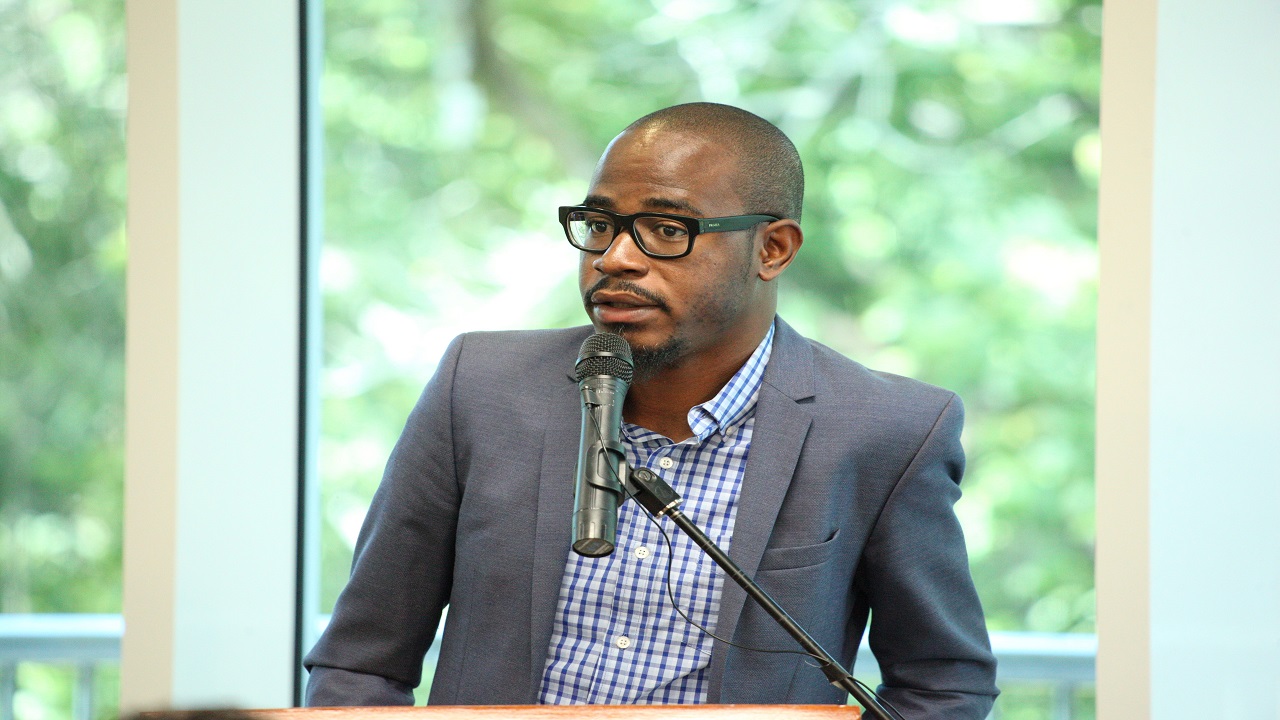
 Business Insights4 weeks ago
Business Insights4 weeks agoBusinessuite Cover Story: Too Much Power? Governance Risks Rise as Tyrone Wilson Consolidates Leadership at Kintyre and Visual Vibe
-
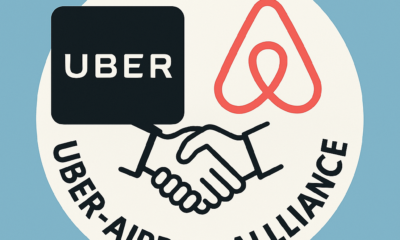
 Business Insights4 weeks ago
Business Insights4 weeks agoBusinessuite Special Report P1 | When Titans Unite: How an Uber–Airbnb Alliance Could Redefine Travel in Jamaica and Beyond
-

 Businessuite Markets4 weeks ago
Businessuite Markets4 weeks agoPROVEN Group Reporting Net Profit Of US$2.6 Million For Financial Year March 2025
-

 Businessuite Markets4 weeks ago
Businessuite Markets4 weeks agoCAC 2000 Back to Profit in Q2 Despite J$56.1M YTD Loss
-

 Businessuite News244 weeks ago
Businessuite News244 weeks agoBusinessuite Special Report P3 | Uber x Airbnb: A Strategic Alliance That Could Redefine Jamaica’s Travel Industry – But At What Cost?


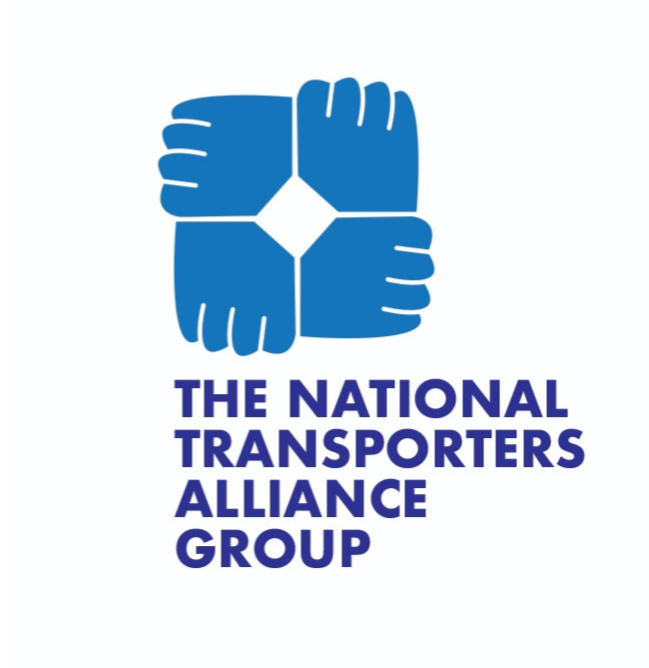 Jamaica’s transportation sector is poised for a digital revolution as local bus and taxi operators eagerly anticipate integrating the nation’s own central bank digital currency (CBDC), known as Jam-Dex. The introduction of Jam-Dex by the Central Bank of Jamaica in 2022 was marked by an airdrop event aimed at accelerating its widespread adoption. Recent developments reveal that Aldo Antonio, co-founder and acting executive chairman of the National Transporters Alliance Group (NTAG), is actively championing the integration of Jam-Dex within the transport community.
Jamaica’s transportation sector is poised for a digital revolution as local bus and taxi operators eagerly anticipate integrating the nation’s own central bank digital currency (CBDC), known as Jam-Dex. The introduction of Jam-Dex by the Central Bank of Jamaica in 2022 was marked by an airdrop event aimed at accelerating its widespread adoption. Recent developments reveal that Aldo Antonio, co-founder and acting executive chairman of the National Transporters Alliance Group (NTAG), is actively championing the integration of Jam-Dex within the transport community. In addition to enhancing convenience for customers, the widespread adoption of a central bank digital currency also alleviates concerns related to the security risks associated with carrying physical cash or handling exact change. As part of its strategy, Jamaica is actively working towards enabling CBDC services on the mobile phones of the general public. Antonio envisions that, with proper training and implementation, the transportation sector could potentially begin accepting Jam-Dex payments by January, if not earlier.
In addition to enhancing convenience for customers, the widespread adoption of a central bank digital currency also alleviates concerns related to the security risks associated with carrying physical cash or handling exact change. As part of its strategy, Jamaica is actively working towards enabling CBDC services on the mobile phones of the general public. Antonio envisions that, with proper training and implementation, the transportation sector could potentially begin accepting Jam-Dex payments by January, if not earlier.


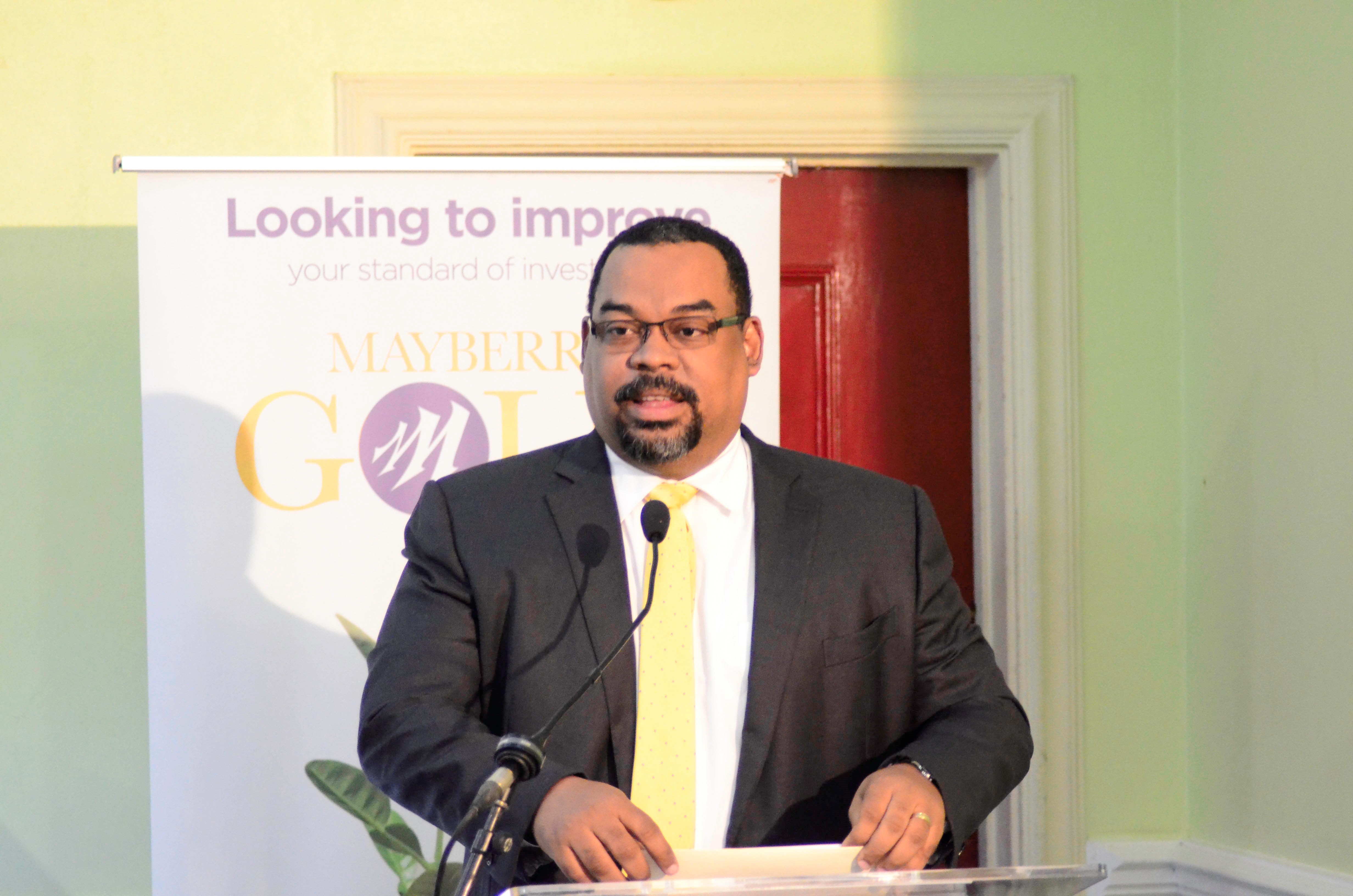




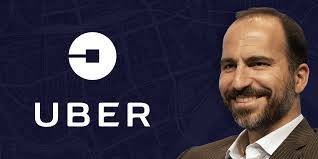




 1. Deep Local Insight
1. Deep Local Insight
